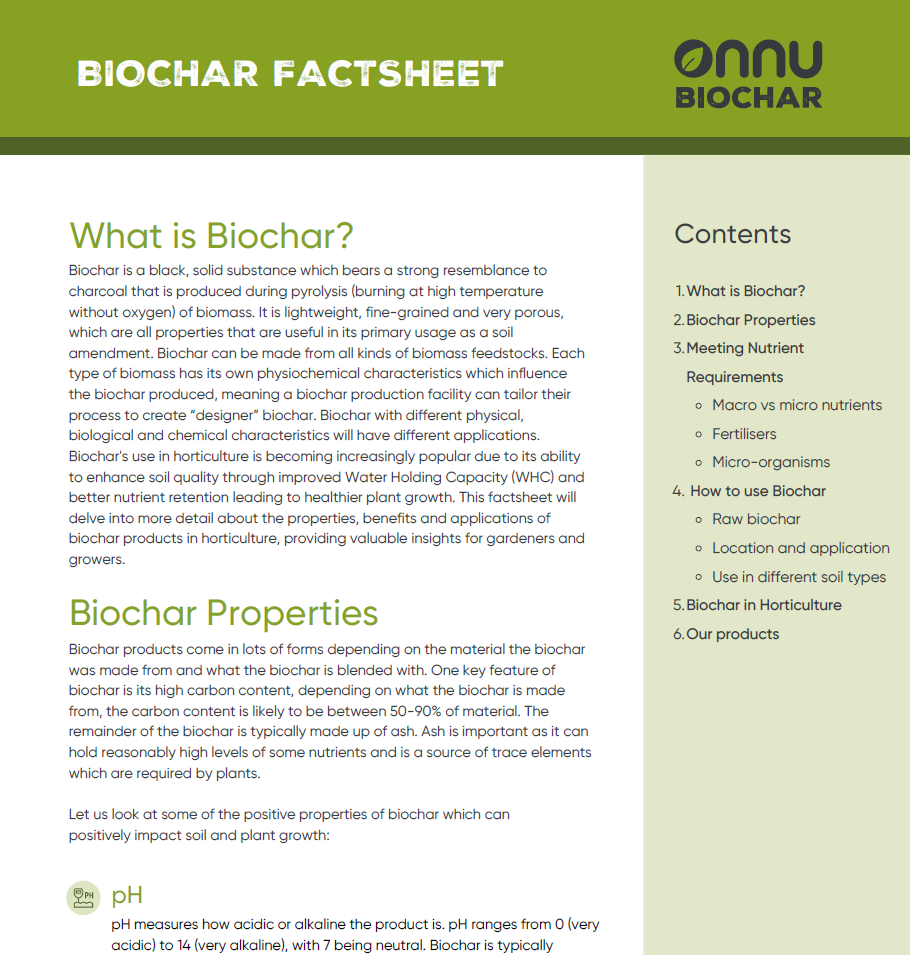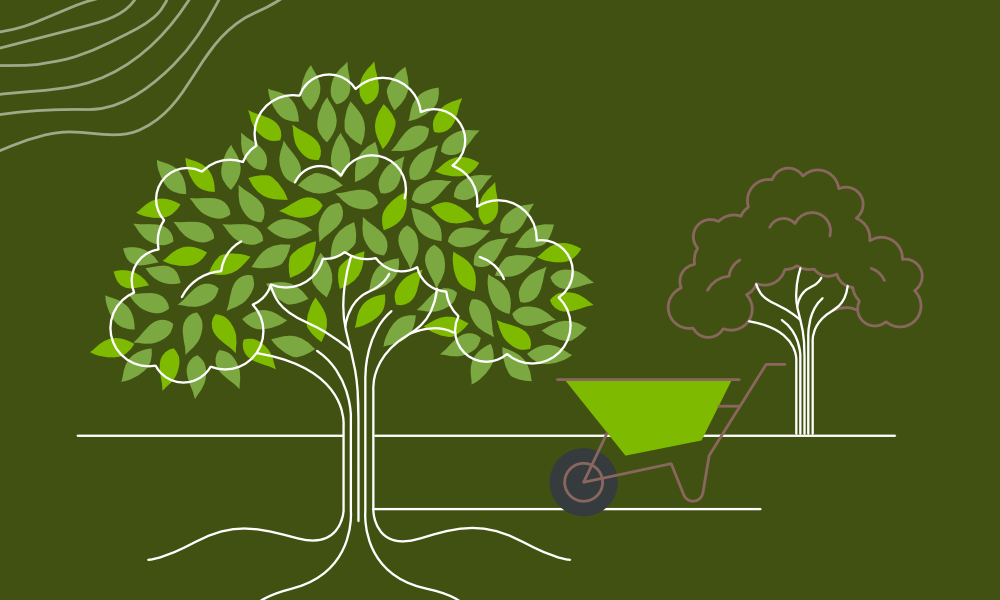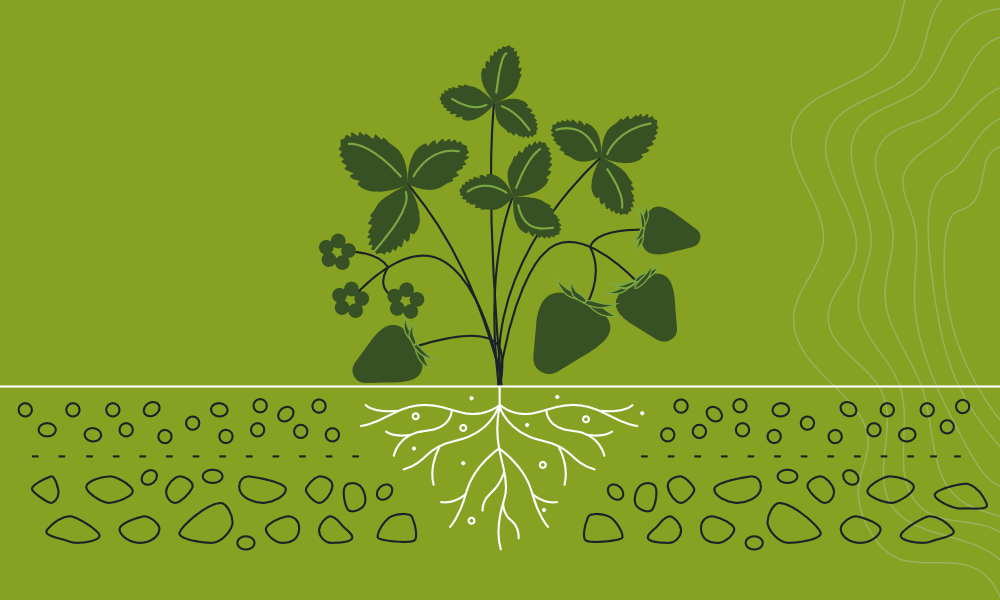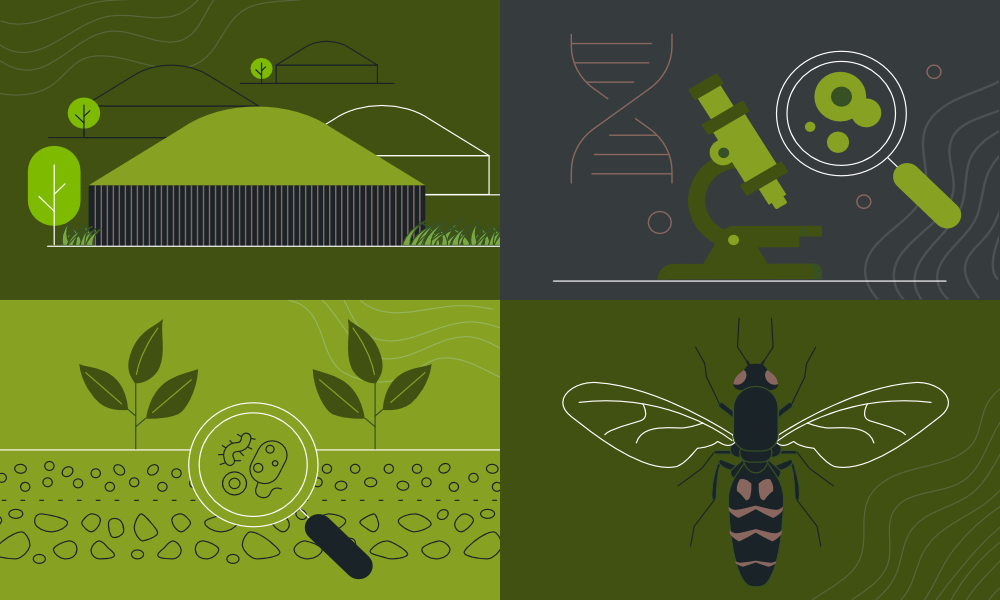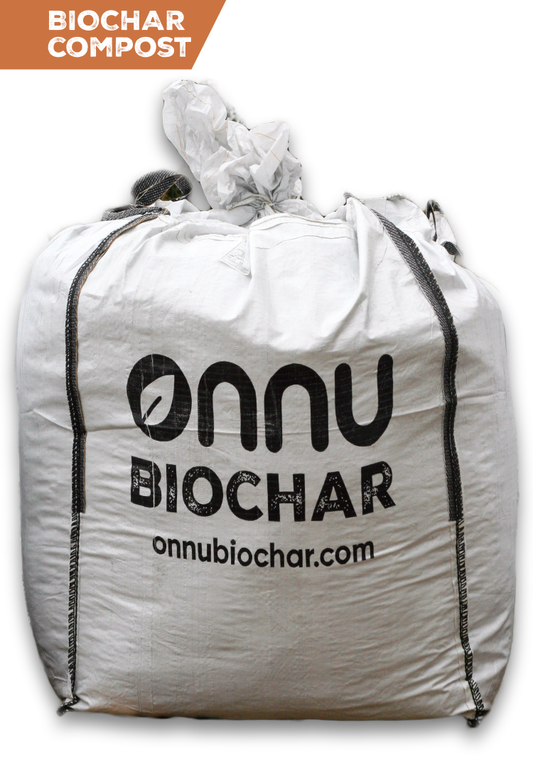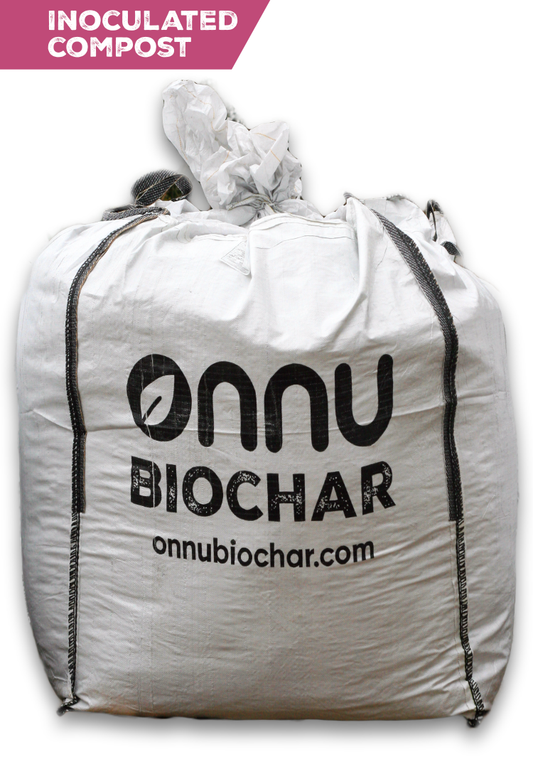Biochar
Explained
Biochar is a solid, black substance which bears a strong resemblance to charcoal. It is lightweight, fine-grained and very porous, which are all properties that are useful in its primary use as a soil amendment.
Biochar is produced during a process called pyrolysis – burning biomass at a very high temperature in the absence of oxygen. Pyrolysis also generates heat, making the reaction self-sustaining, with the excess energy available as a source of green energy. The process is therefore an engineered carbon removal technology.
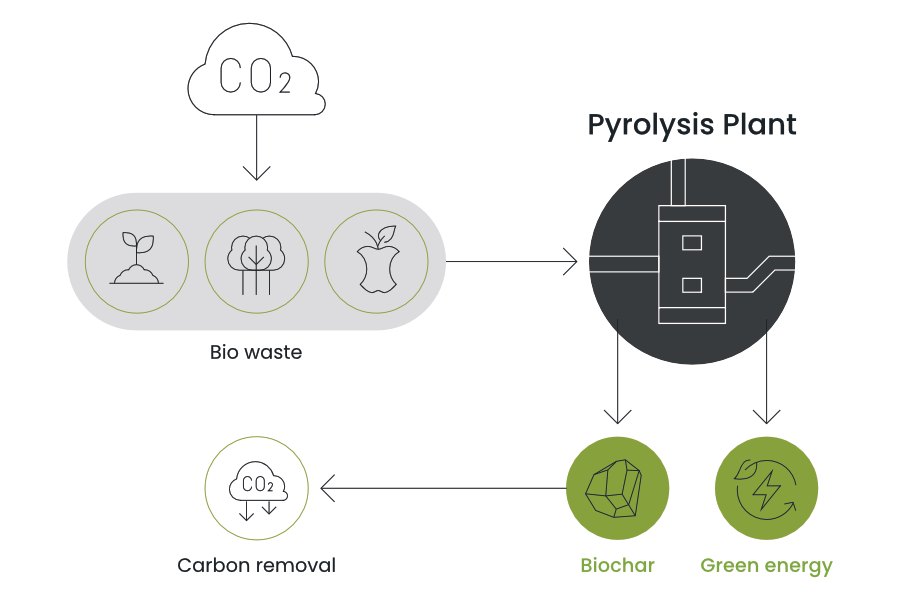
What is the
History of Biochar?
Humans have actually been making biochar for thousands of years. Scientists have discovered areas of dark, nutrient-rich soil in the Amazon rainforest, on land that indigenous Amazonians have been farming for millennia. This dark and high quality soil was an anomaly amongst the drier, nutrient-poor soil that is more commonly found in the Amazon.
‘Terra Preta’ (literally ‘black soil’) was found to have been created by adding organic materials and charcoal to the naturally poor rainforest soil. The practice, which dates back at least 2,500 years, resulted in highly fertile, long-lasting soil that amazingly remains productive to this day.
Even without the luxury of lab testing, ancient Amazonian people realised the benefits that Terra Preta brought to their land - the proof was in increased yields and larger produce. What they may not have realised however, was the environmental benefits that biochar brings.
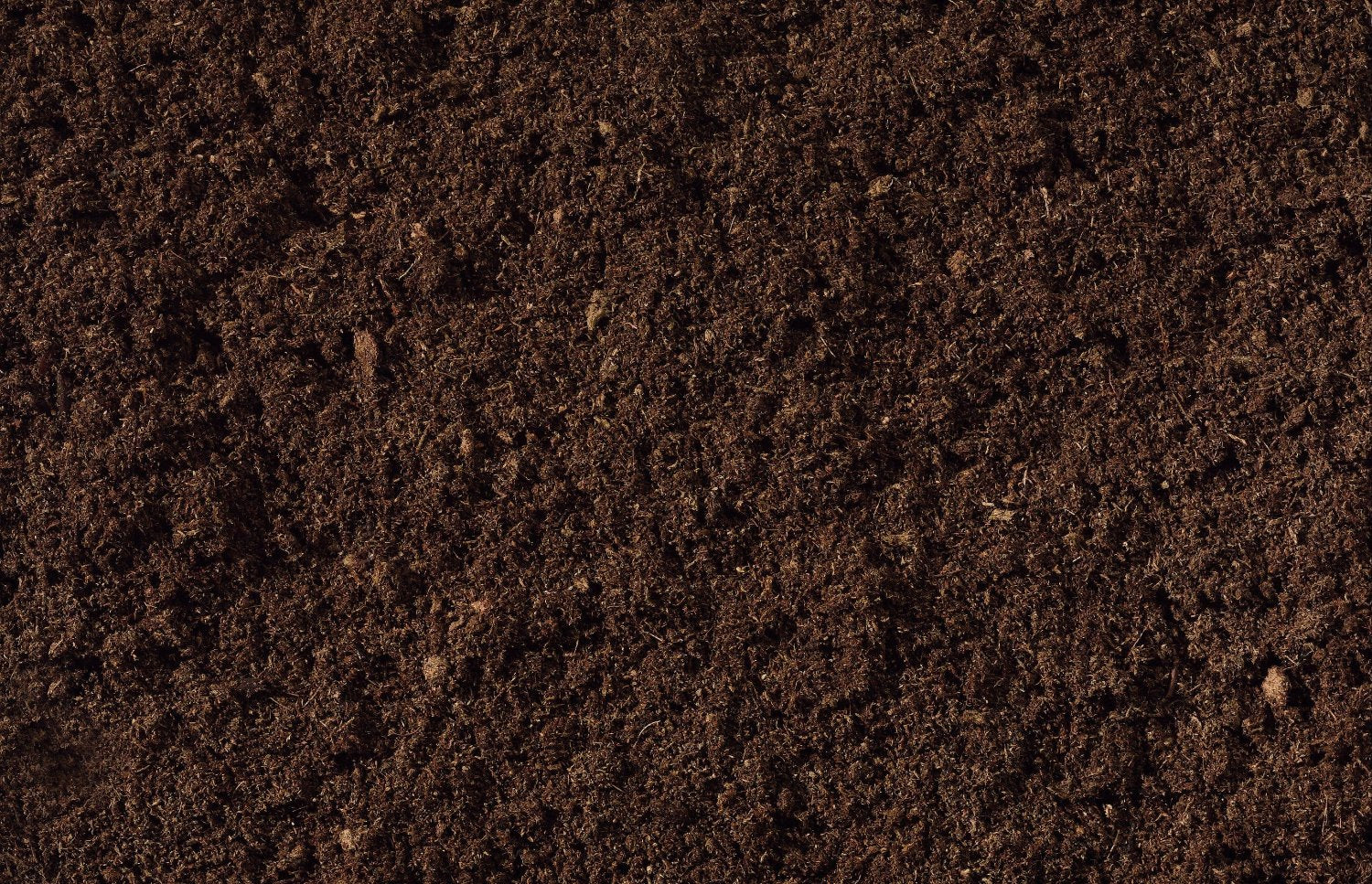
Ancient Amazonians –
The Original Climate Warriors.
Terra Preta is extraordinarily rich in nutrients, but also a powerful carbon sink – up to 7.5 times more carbon was found in Amazonian Dark Earth, compared to the surrounding soils.
Biochar
Feedstock
Biochar can be made from all kinds of biomass feedstocks. Each type of biomass has its own physiochemical characteristics which influence the biochar produced, meaning a biochar production facility can tailor their process to create “designer” biochar. A few examples of feedstock include woody by-products, green waste, compost oversize, AD digestate, food by-product, poultry litter and arb by-product.
A feedstock's physical and chemical properties play a vital role in deciding the properties of biochar that will be produced. Some of the key properties include:
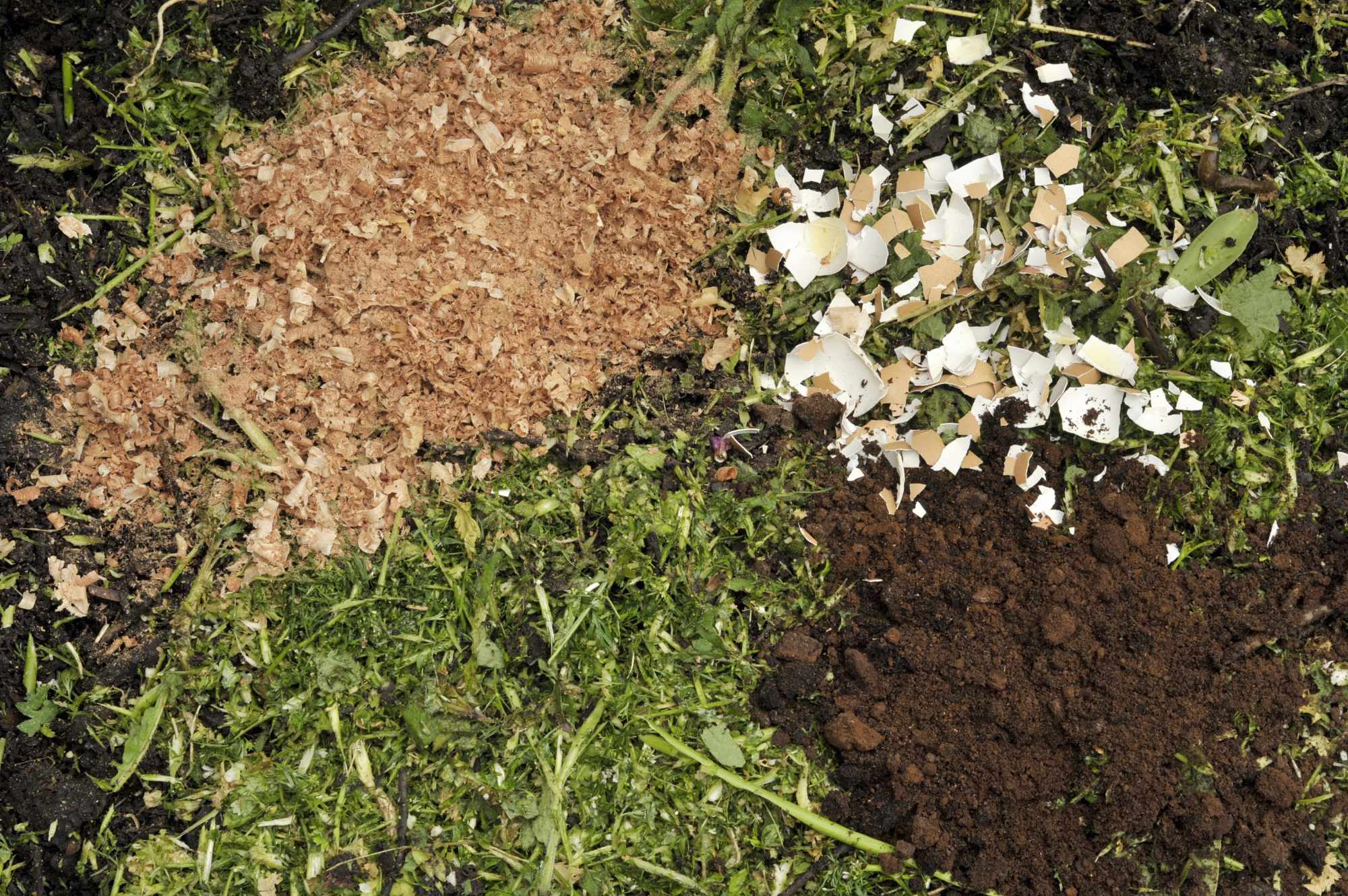
Carbon
sequestered
The carbon contained in all biomass was at one time absorbed from the atmosphere as plants. If left to decay or burned, the CO2 returns to the atmosphere. By heating biomass in the absence of oxygen, we can interrupt this cycle and securely sequester the carbon in a substance called biochar.
Biochar
Properties
Biochar products come in lots of forms depending on the material the biochar was made from and what the biochar is blended with. One key feature of biochar is its high carbon content and, depending on what the biochar is made from, the carbon content is likely to be between 50-90% of material. The remainder of the biochar is typically made up of ash. Ash is important as it can hold reasonably high levels of nutrients and is a source of trace elements which are required by plants.
Some of the properties of biochar which can positively impact soil and plant growth are:
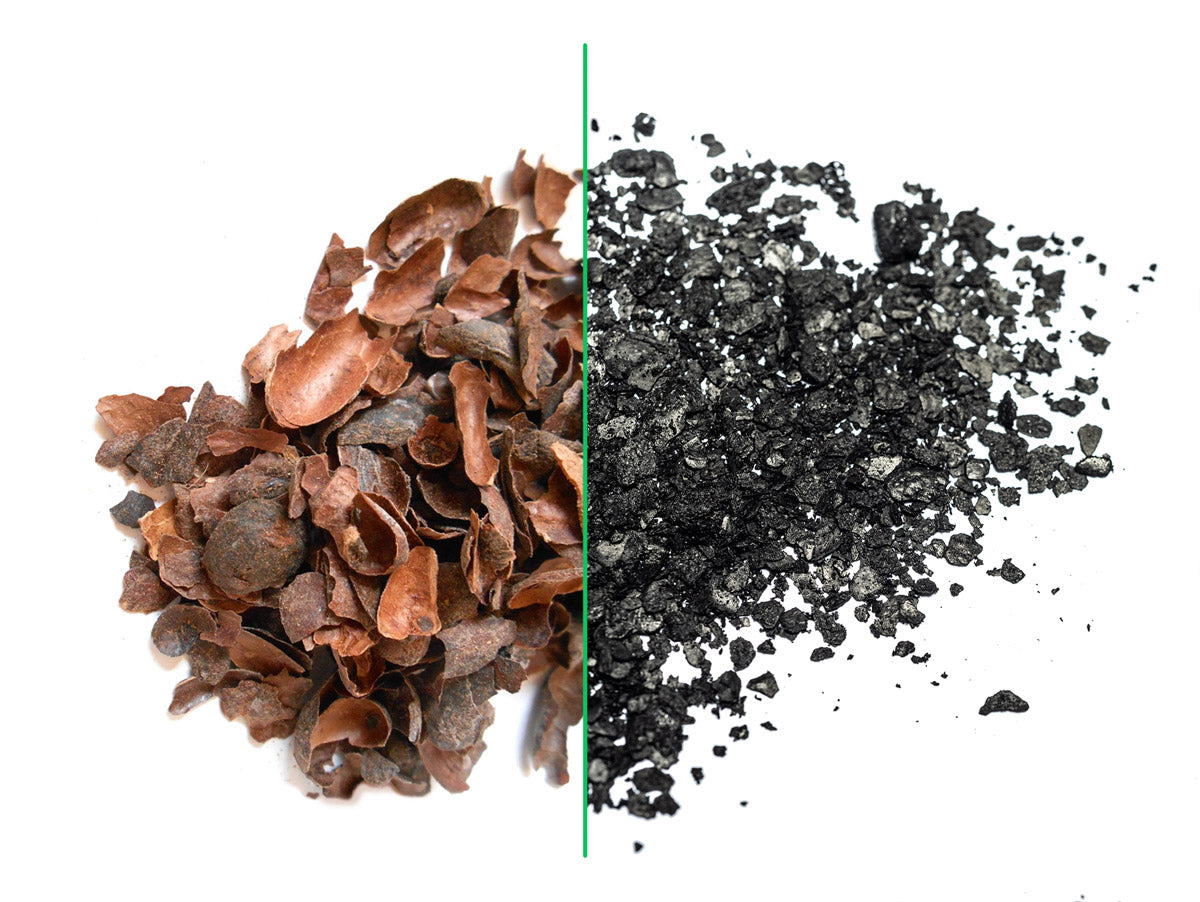
Biochar
applications
Adding biochar to soil is the most common usage. Biochar in soil boosts nutrient and water retention, resulting in increased root growth, higher yields and bigger produce. These benefits alone are enough reason to use biochar but, coupled with its sustainability credentials (sequestering carbon that would otherwise be released into the atmosphere), biochar really is a win-win soil amendment.
But biochar isn’t limited to soil application. In more recent years, trade and industry have been finding new application settings, putting biochar’s many varied properties to good use. Here are just a few of the ways biochar can be used:
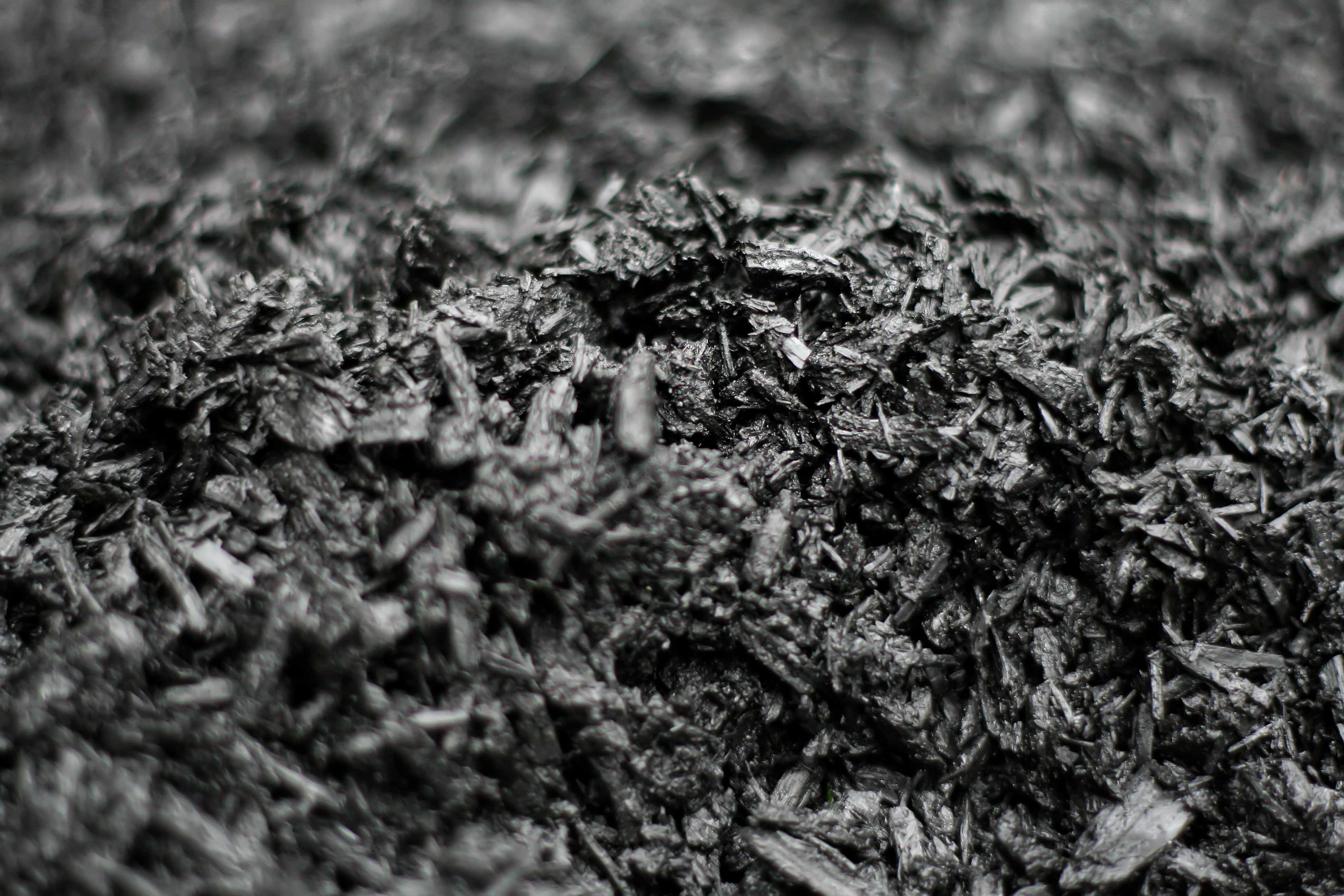
Holy
Cow!
Adding just 0.5 - 1% of biochar to livestock feed can reduce methane by 10%+. Biochar passes through the cow and, once it comes out the other side, dung beetles get to work to bury this carbon into the ground. This natural process keeps carbon locked away for hundreds of years, all whilst improving soil health.
Explore our full range of products:
Is Biochar Sustainable?
Yes! Biochar is considered a sustainable product for the following reasons:
1) Carbon Sequestration – Biochar locks away carbon in a stable form for hundreds to thousands of years, preventing it from re-entering the atmosphere as CO₂. Through pyrolysis, roughly 50% of the carbon that would otherwise be emitted is saved and stored.
2) Soil Improvement – Biochar enhances soil fertility, improves water retention, and supports microbial life, reducing the need to produce and apply chemical fertilisers.
3) Waste Reduction – Biochar is made from biomass waste (feedstocks include arboricultural waste, AD Digestate and poultry litter), turning waste into a valuable and environmentally responsible resource.
4) Renewable Production – If produced using sustainable biomass sources and self-sustaining pyrolysis (low-oxygen heating), producing biochar can be carbon-negative.

Biochar as Part of the
Peat-Free Solution
Peat extraction releases stored carbon into the atmosphere, contributing to climate change. It also contributes to the destruction of unique ecosystems, threatening biodiversity and displacing species that depend on these habitats. These adverse effects have driven the call for sustainable, peat-free solutions. Biochar, with its moisture and nutrient retention capabilities, as well as its ability to sequester carbon, is being increasingly turned to as part of the peat-free solution.
Peat Belongs in Bogs,
Not Bags.
Emissions produced by peat extraction in the UK since 1990 are equivalent to 15 million return flights from London to New York (based on emissions from a return flight amounting to 2 tonnes CO2e).
want to
learn more?
Our factsheet is a comprehensive guide for biochar and how it works. With summaries, glossaries, property tables, product descriptions and application rates, this fully-referenced factsheet can help you familiarise yourself with the world of biochar.
